Click to view our Accessibility Statement or contact us with accessibility-related questions











Showing 1 of 7818 conversations about:

kenwstr
121
Aug 13, 2017
bookmark_border

Shoppingonlinesince1996
9
Aug 14, 2017
bookmark_border
kenwstrThis may be the best "How I rationalize my Hires purchase" post I have seen.

inmytaxi
175
Aug 14, 2017
bookmark_border
kenwstrWithout doing blind a/b/c testing with multiple tracks it means absolutely nothing.
easstudios
15
Aug 14, 2017
bookmark_border
kenwstrbitrates in uncompressed audio shouldnt be confused with what people refer to as bitrates on lossy audio formats.
24 bit is vastly superior to 16 bit, but purely in terms of headroom and dynamic range. 16 bit does have ample dynamic range for delivery formats but as most audio is captured at 24 bit, staying at 24 bit makes sense if there's no reason to reduce it down.
as far as sample rates, 44.1 was chosen for very well thought out reasons. Any audible differences between high sample rates will be down to the behaviour of your converter to capture and reproduce audio. This is purely subjective, but for me anything above 96k is overkill.
Often hi-res formats are mastered differently to other releases, usually quieter in volume, allowing more natural transients, less artifacts/distortion, or less heavy use of limiting. These aspects alone will affect how something sounds far more than adjusting the sample rate.
I hope this information is beneficial, and helps lead you to enjoying music even more.
24 bit is vastly superior to 16 bit, but purely in terms of headroom and dynamic range. 16 bit does have ample dynamic range for delivery formats but as most audio is captured at 24 bit, staying at 24 bit makes sense if there's no reason to reduce it down.
as far as sample rates, 44.1 was chosen for very well thought out reasons. Any audible differences between high sample rates will be down to the behaviour of your converter to capture and reproduce audio. This is purely subjective, but for me anything above 96k is overkill.
Often hi-res formats are mastered differently to other releases, usually quieter in volume, allowing more natural transients, less artifacts/distortion, or less heavy use of limiting. These aspects alone will affect how something sounds far more than adjusting the sample rate.
I hope this information is beneficial, and helps lead you to enjoying music even more.

kenwstr
121
Aug 14, 2017
bookmark_border
easstudiosYes, I've heard it all before and was pretty much on the fence over this. The point though is the HD 650 is very obviously revealing things that are supposed to be not possible according to some. I think that is a comment on the quality of the HD 650 and that was my intention.
However, if you want to open a debate on CD vs HRA: Note that the same master source (chrome tape analogue recording) was used by the same software and hardware to produce the same track in 3 different digital formats. Now that I have heard this for myself, I am satisfied that CD format is insufficient to match analogue. Analogue is by the way digital to the molecular resolution. It is obvious from a technical perspective that sampling at 44.1 kHz is not sufficient to define wave forms approaching 20 kHz . You only get around 2 samples per wavelength which can define amplitude only when the samples just happen to be in phase with the wave crest and trough. If the sample are 90 deg out of phase, you just get silence. In reality, the signal drifts in and out of phase with the sampling so you get cycles between full amplitude and zero, a tremolo effect as the frequencies don't match exactly. It's worse than this though, because so few samples can in no way determine the wave shape, the DAC software has to manufacture that from some programming assumption. So the wave shape is not reproduces, instead it's a manufactured artifact. We should be pretty familiar with the fact that a sin, triangular, saw and square waves all sound very different from one another. However we are talking high frequencies and it's more about perception of the combined sound wave. So the issue here is the way peoples brain (sometimes very highly trained) decode the combined sound, not actual specific frequencies in isolation.
It's just not technically possible for the 44.1 kHz CD format to accuratly reproduce the original sound wave form all the way up to 20 kHz. The question of human perception is another thing and I know plenty of people who can't tell the difference on their LoFi equipment. On the other hand, there are others who claim it's obvious to them on high end HiFi. While I was on the fence, I now have to agree with that point of view because I have personally witnessed it. I don't think it will always be obvious though probably depends very much on the richness of the sounds being recorded.
However, if you want to open a debate on CD vs HRA: Note that the same master source (chrome tape analogue recording) was used by the same software and hardware to produce the same track in 3 different digital formats. Now that I have heard this for myself, I am satisfied that CD format is insufficient to match analogue. Analogue is by the way digital to the molecular resolution. It is obvious from a technical perspective that sampling at 44.1 kHz is not sufficient to define wave forms approaching 20 kHz . You only get around 2 samples per wavelength which can define amplitude only when the samples just happen to be in phase with the wave crest and trough. If the sample are 90 deg out of phase, you just get silence. In reality, the signal drifts in and out of phase with the sampling so you get cycles between full amplitude and zero, a tremolo effect as the frequencies don't match exactly. It's worse than this though, because so few samples can in no way determine the wave shape, the DAC software has to manufacture that from some programming assumption. So the wave shape is not reproduces, instead it's a manufactured artifact. We should be pretty familiar with the fact that a sin, triangular, saw and square waves all sound very different from one another. However we are talking high frequencies and it's more about perception of the combined sound wave. So the issue here is the way peoples brain (sometimes very highly trained) decode the combined sound, not actual specific frequencies in isolation.
It's just not technically possible for the 44.1 kHz CD format to accuratly reproduce the original sound wave form all the way up to 20 kHz. The question of human perception is another thing and I know plenty of people who can't tell the difference on their LoFi equipment. On the other hand, there are others who claim it's obvious to them on high end HiFi. While I was on the fence, I now have to agree with that point of view because I have personally witnessed it. I don't think it will always be obvious though probably depends very much on the richness of the sounds being recorded.
easstudios
15
Aug 14, 2017
bookmark_border
kenwstrI'm afraid you're very misunderstood here - there's a lot of errors in how you've interpreted digital sampling.
44.1 was chosen as it's twice the frequency we can hear (at the max) and the Nyquist theory recommends this value to perfectly reconstruct a sound wave to 20kHz. Benefits in going to higher sample rates can include when processing digital audio to help avoid aliasing, or on bad filters on old converters.
By all means, if higher sample rates sound better to you keep using them, but the reasoning for why you may prefer it doesn't hold up scientifically.
There are many variables in your method for testing and as others have pointed out, an ABX is the only way to prove beyond doubt. Furthermore, you may prefer the sound of your DAC opperating at higher sample rates. To prove what you're claiming, you need to do ABX tests across a variety of different DAC's (and with different headphones), and even record audio at different sample rates on different ADC's.
I don't doubt that you may prefer what you've sampled at 96 or 192kHz and can hear a difference, but your reasoning on why is unfortunately extremely flawed.
44.1 was chosen as it's twice the frequency we can hear (at the max) and the Nyquist theory recommends this value to perfectly reconstruct a sound wave to 20kHz. Benefits in going to higher sample rates can include when processing digital audio to help avoid aliasing, or on bad filters on old converters.
By all means, if higher sample rates sound better to you keep using them, but the reasoning for why you may prefer it doesn't hold up scientifically.
There are many variables in your method for testing and as others have pointed out, an ABX is the only way to prove beyond doubt. Furthermore, you may prefer the sound of your DAC opperating at higher sample rates. To prove what you're claiming, you need to do ABX tests across a variety of different DAC's (and with different headphones), and even record audio at different sample rates on different ADC's.
I don't doubt that you may prefer what you've sampled at 96 or 192kHz and can hear a difference, but your reasoning on why is unfortunately extremely flawed.

erkolson
26
Aug 14, 2017
bookmark_border
kenwstrDid you apply any dithering to the 44/16? I wouldn't trust any audio engineer that says there isn't a perceptable difference above CD quality. It is just not true. There have been studies.

kenwstr
121
Aug 14, 2017
bookmark_border
easstudiosWell I disagree, 44.1 is about all the researchers could manage at the time and still get a reasonable play time on a disc. IMO, it went to market for financial reasons, not technical ones. Some enthusiasts were not fooled by the marketing, the public generally were.
Ken
Ken

Jackula
1743
Aug 15, 2017
bookmark_border
easstudiosThanks Easstudios, lines up with my own understanding 100%.
Quick question for you, something I've been trying to understand but haven't been able to get a concrete answer on.
Before you talked about 24-bit with more headroom. This should be equivalent to about 115dB's of headroom. However is this level of output even possible before speakers clip out?
Assume a speaker that has max power handling of 200w peak, with an efficiency rating of 91dB 1m 1w. It would take roughly 256w to get to the headroom of 115dB, but this is above the peak power handling of the speaker. So assuming 1w rms is being put into the speaker, does this mean the speaker would be clipping sometimes when playing 24-bit? Or are speakers designed so the power can overshoot the peak if it's only a split second's worth?
Quick question for you, something I've been trying to understand but haven't been able to get a concrete answer on.
Before you talked about 24-bit with more headroom. This should be equivalent to about 115dB's of headroom. However is this level of output even possible before speakers clip out?
Assume a speaker that has max power handling of 200w peak, with an efficiency rating of 91dB 1m 1w. It would take roughly 256w to get to the headroom of 115dB, but this is above the peak power handling of the speaker. So assuming 1w rms is being put into the speaker, does this mean the speaker would be clipping sometimes when playing 24-bit? Or are speakers designed so the power can overshoot the peak if it's only a split second's worth?
easstudios
15
Aug 15, 2017
bookmark_border
Jackulathose figures relate to the dynamic range - as in what the difference is between the loudest and softest sections. Most sounds on the planet don't vary in volume anywhere close to that, but it's useful to know how far down our noisefloor is (so we can achieve a higher signal to noise ratio). Noise would come in sooner on a 16 bit file than it would on a 24 bit file.
with a smaller dynamic range, a lot of the quieter sounds we don't want to hear would be closer in volume to the ones we do want to hear. 24 bit leaves plenty of headroom so recording levels are almost not an issue, at 16 bit levels need to be slightly more considered if it's at the recording phase but for delivery there is still a ton more dynamic range than we'd usually need in most situations.
with a smaller dynamic range, a lot of the quieter sounds we don't want to hear would be closer in volume to the ones we do want to hear. 24 bit leaves plenty of headroom so recording levels are almost not an issue, at 16 bit levels need to be slightly more considered if it's at the recording phase but for delivery there is still a ton more dynamic range than we'd usually need in most situations.

Jackula
1743
Aug 15, 2017
bookmark_border
easstudiosMakes sense but didn't get the answer I was looking for, thanks anyway.
deFiniLoGy
97
Aug 17, 2017
bookmark_border
kenwstrGood for you.
It's glorious to see people just trashing on others for hearing things they couldn't, with all sorts of googled or secondary-school-level physics to justify that. What you don't realize is how sophisticated is how sound is transmitted and perceived (particularly in the higher brain centers), which ultimately translates to how limited these differences can be picked up by modern day equipment.
Also, everyone who keeps suggesting double blinded tests, do you know how much effort does one have to make in order to make a double blind test? Stop using "logic" suggested by some articles you read on the web and start thinking about it. If you really have to nitpick about testing methodology, then nothing other than meta-analysis published on Science is worth a read.
Rant over. Enjoy your music, be it on Spotify or a re-master CD. If you're happy then go with it, that's your money, spend it on something that makes you happy, not the trolls on the internet.
It's glorious to see people just trashing on others for hearing things they couldn't, with all sorts of googled or secondary-school-level physics to justify that. What you don't realize is how sophisticated is how sound is transmitted and perceived (particularly in the higher brain centers), which ultimately translates to how limited these differences can be picked up by modern day equipment.
Also, everyone who keeps suggesting double blinded tests, do you know how much effort does one have to make in order to make a double blind test? Stop using "logic" suggested by some articles you read on the web and start thinking about it. If you really have to nitpick about testing methodology, then nothing other than meta-analysis published on Science is worth a read.
Rant over. Enjoy your music, be it on Spotify or a re-master CD. If you're happy then go with it, that's your money, spend it on something that makes you happy, not the trolls on the internet.


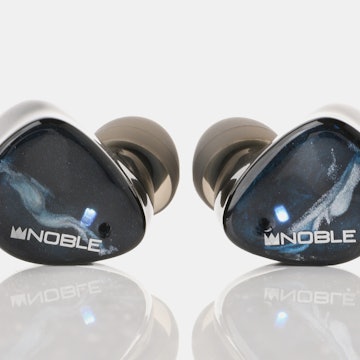
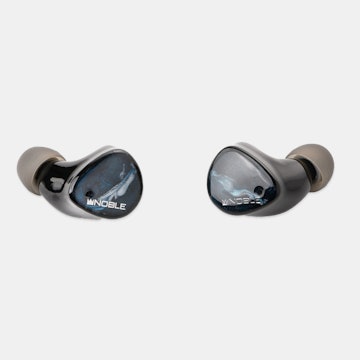
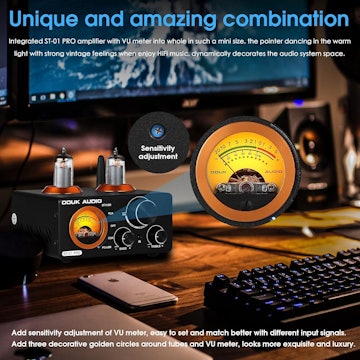
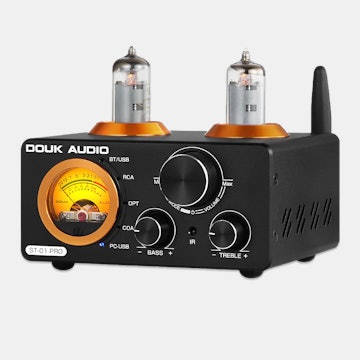

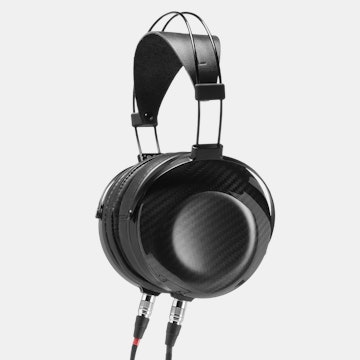
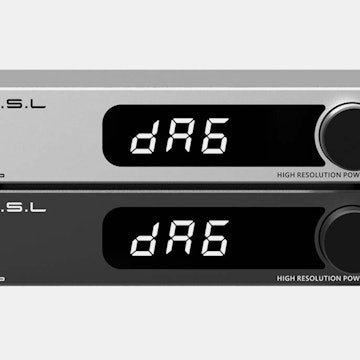
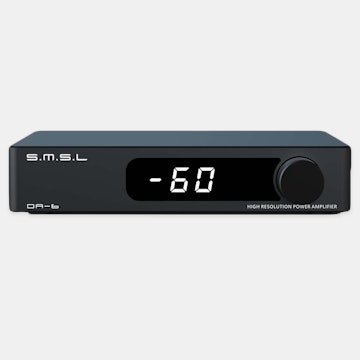

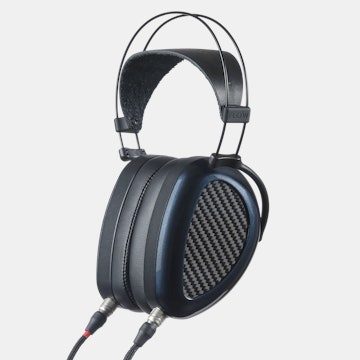
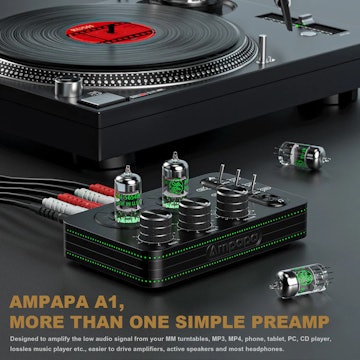
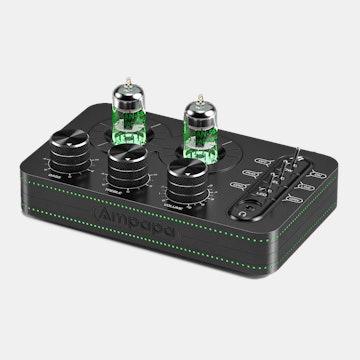
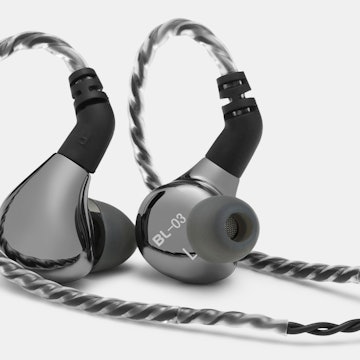
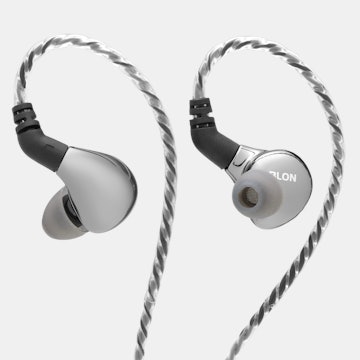
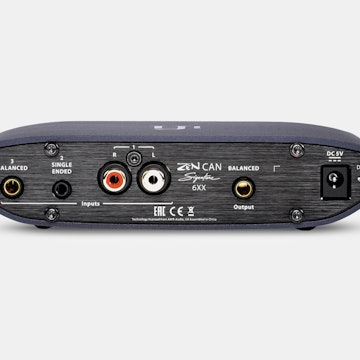
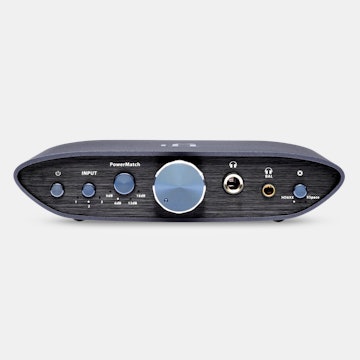
96/24 gave the Vocals the richest, most expressive and natural sound. Much more natural and detailed sound overall.
192/16 was be best for instrumentation, percussion especially detailed (really nice sound like raindrops splashing). That’s the only way I can figure how to express it. It was like something magical happened to the percussion. The Vocal was better than in 44/16 but not quite as expressive as 96/24.
Thinking it through, it makes sense that the highest bitrate would most benefit instrumentation where there are high frequency harmonics that modify the way fundamental notes are perceived. As the voice has a limited frequency range, it makes sense to me that bit depth would most benefit expression. I have heard several audio engineers claim there are no audible differences above CD quality. I suppose that if mastering is done using closed back phones, that’s probably close to true. Most likely true for the majority of sound bar users as well. However, listening with the HD650, the differences were obvious and a real eye opener to me. Really looking forward to my 6XXs arriving now!.
Ken